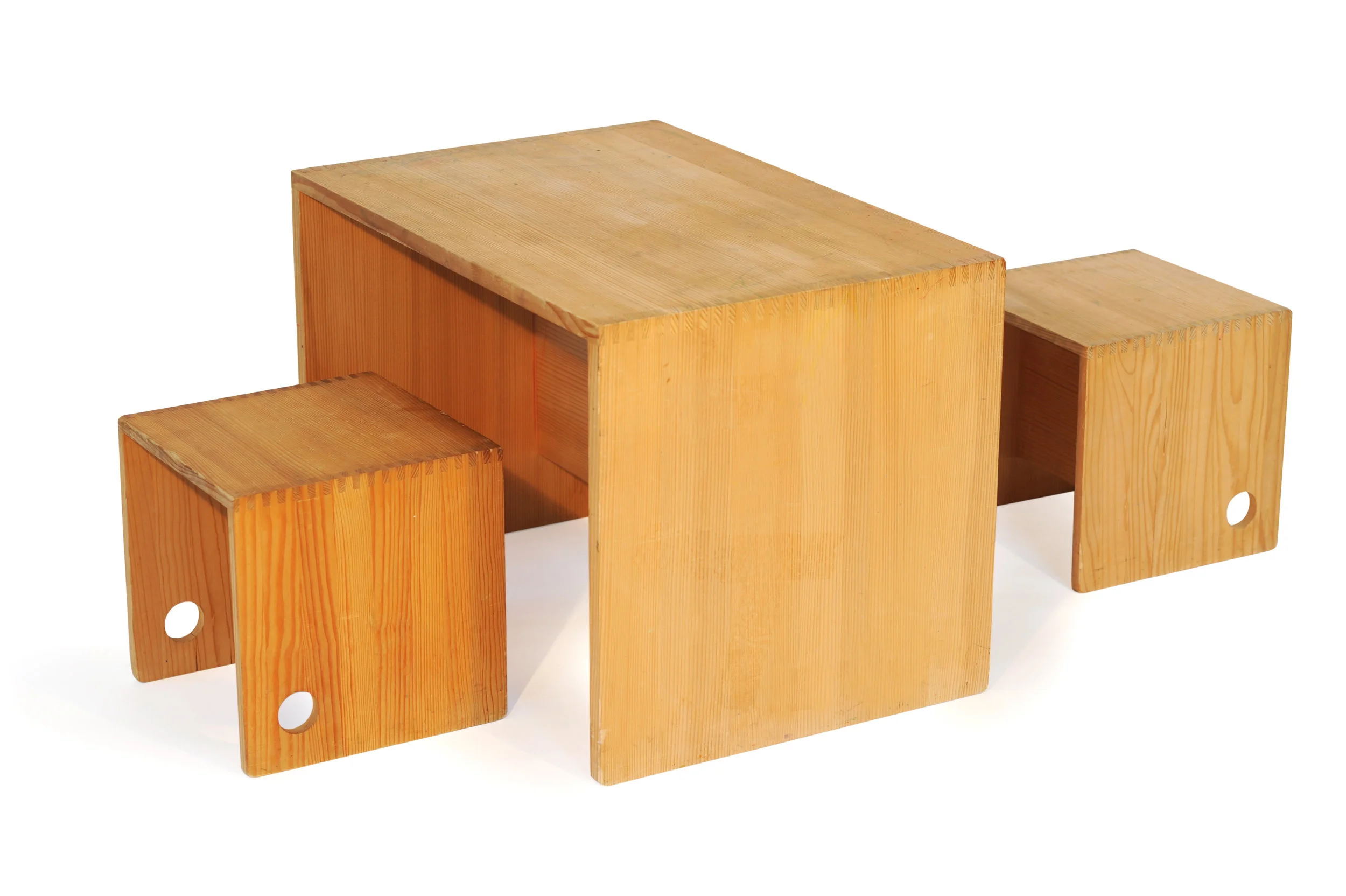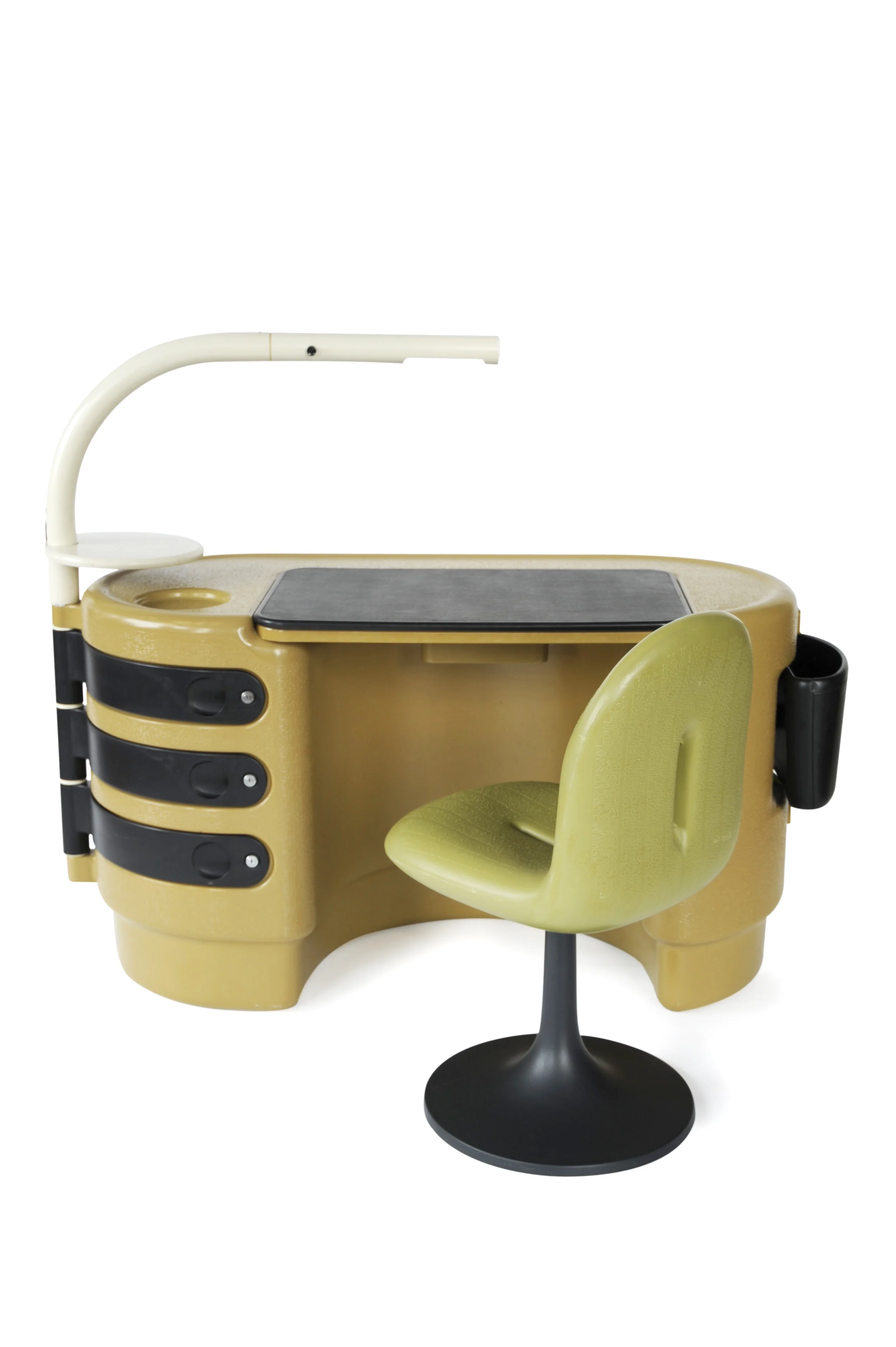001. LETTER FROM THE EDITOR
Engaging thoughtful SchoolWork at Home
Written by Lora Appleton
Historically, homework has been considered a boring, unpleasant chore, one to be hurried through at a kitchen table or tiny desk before rushing out to play or booting up an iPad. However, as children, educators, and caregivers have developed and embraced methods of learning that engage the whole child, both at school and at home, attitudes on dreaded homework have begun to change. Schools, particularly in the increasingly popular progressive model, are stimulating young brains through new pedagogical techniques and by encouraging child-led work and learning. This type of education, especially when children enjoy learning and want to continue their education at home, means parents need to find ways to create dedicated, age-appropriate work spaces that encourage kids to learn within their own environment outside of school. What those spaces look like varies, depending on age and interests. Let’s explore!
The first thing I consider when creating a study space for preprimary children (ages two to four) is that the environment must encourage play and ignite children’s curiosity. A great play table for them to explore their own artwork is key. Painting, drawing, scribbling, and crafting are all early preprimary explorative-growth activities, and an individual, well-stocked space to do these things is important. This space should stimulate freethinking and also provide a soft, cozy spot to cuddle up and read with grown-ups. As children mature and move from solo play into parallel play, their play table should be able to seat multiple little ones. Easy, child-friendly (low-level) storage for books and supplies is also an essential element of a play space for children at this age. Even when children are too young to tidy up, creating an atmosphere in which they can learn how to clean is important for developing future good habits. This also allows their caregiver to set achievable responsibilities at home from an early age—a vital part of developmental growth.
Once a child enters kindergarten (age five), his or her homework space should continue to be comfortable, but it should also be stimulating. The desk is the cornerstone of the child’s private space, and he or she should feel supported and encouraged to create and learn in this space. Starting off with a mini desk where they can write, read, and explore encourages budding writers and artists and allows their creativity to flourish. Moving from a short stool to a regular desk chair with a back will increase the child’s comfort and make dedicated time for “study” much easier, even if that dedicated time simply involves imaginative play or mimicking parents at work. At this age children will experiment with playing on toy computers, exploring teacher-student relationships, and developing other schoolroom skills as they emulate the behavior of their parents, older siblings, teachers, and friends. They also may want to use both their play table and their desk, and if there is enough room for both, why not?
Once second grade comes around, academic expectations grow, and there is a clear focus on mathematics, science, history, and more complex reading and writing. At this point, the play table is less necessary, as arts and crafts can move to the kitchen table, and study can happen in the child’s personal space. Even if dedicated study is still not happening, having personal space fosters a strong sense of autonomy. As imaginations develop and personal relationships expand, little brains swirl with thoughts from the day, and having this space helps establish calm, personal time to reflect and continue learning on their own terms. As kids have little control over the choices that affect their lives at this age, it is important to allow them to decide what objects they want in this space. In some households having a computer or tablet is the norm, and a secure place to store and charge these items is practical. Keeping cords stored safely is necessary, especially in households with younger siblings and pets. I’ve personally found that the child’s space is also great for displaying objects connected with achievements (medals, certificates, and so on) and memories: family pictures, photos from trips to places they cherish, notes from friends, and more. Images of happy times will stimulate creativity and ingenuity, and a pin board and fun shelves are a great way to display and store such items. I also recommend including some private storage for your little one’s most precious collectibles. At this age children begin to understand the concept of privacy, and this separation allows their room to become their castle.
In both middle school (ages ten to twelve) and high school (ages thirteen to eighteen), expectations and actual homework increase exponentially, and some additional furniture items will be necessary. Your kids may work less at a desk, as they are using laptops and iPads regularly, and how they choose to sit may change. I suggest having a desk space that facilitates study as well as a relaxed space for casual research, reading, and Internet browsing. Reading might occur on a mini couch, a beanbag chair, or even floor cushions, and providing a happy, flexible, and personally decorated space promotes productivity and overall well-being. At this age, children have very strong opinions on design and color. Younger kids explore their preferences, but by high school tastes become concrete and strong—a real representation of their personalities. Including a family piece (Grandma’s desk) or an awesome vintage find may be a good starting place. Then adding a bit of fun—trendy, pop-culture elements, funky lighting, decorative posters, art, and mirrors—can also be a great way for kids to express themselves. For parents looking to be smart about spending, investing in well-made pieces that last is a good policy. It is important for people of all ages to respect what it costs to buy furniture, and move away from disposable items and focus on valued pieces that bring utility, beauty, and joy into the home for generations. If you invest in a great desk for your teenager, there is no reason that desk can’t move with them into a first apartment. There is a sense of stability and nostalgia that comes from heirloom pieces, and bringing this into any room is a lovely way to add style. This strategy can really be accomplished at any price point, so don’t be afraid to shop online or at flea markets—the most important part of a child’s room at any age is personalization!










